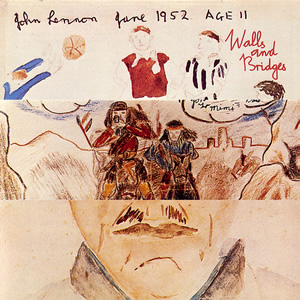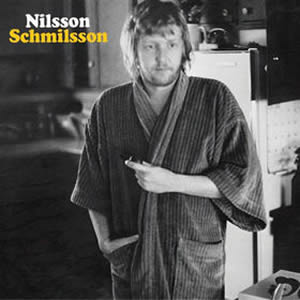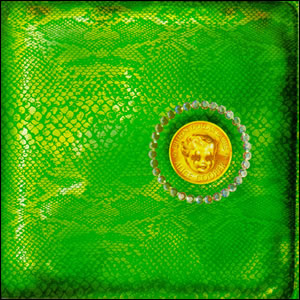Walls and Bridges by John Lennon
Buy Walls and Bridges Walls and Bridges seems to be one album that often gets lost in the John Lennon collection. It is not as dramatic as Plastic Ono Band, nor is it […]

Buy Walls and Bridges Walls and Bridges seems to be one album that often gets lost in the John Lennon collection. It is not as dramatic as Plastic Ono Band, nor is it […]

Buy Nilsson Schmilsson The seventh studio album by Harry Nilsson, the music on 1971’s Nilsson Schmilsson unfolds almost like a television variety show with its incredible diversity in musical style. The most commercially […]

Buy Billion Dollar Babies The Alice Cooper Band reached their commercial peak with 1973’s Billion Dollar Babies. This sixth Alice Cooper album, produced by Bob Ezrin, refined some of the basic rock grit […]